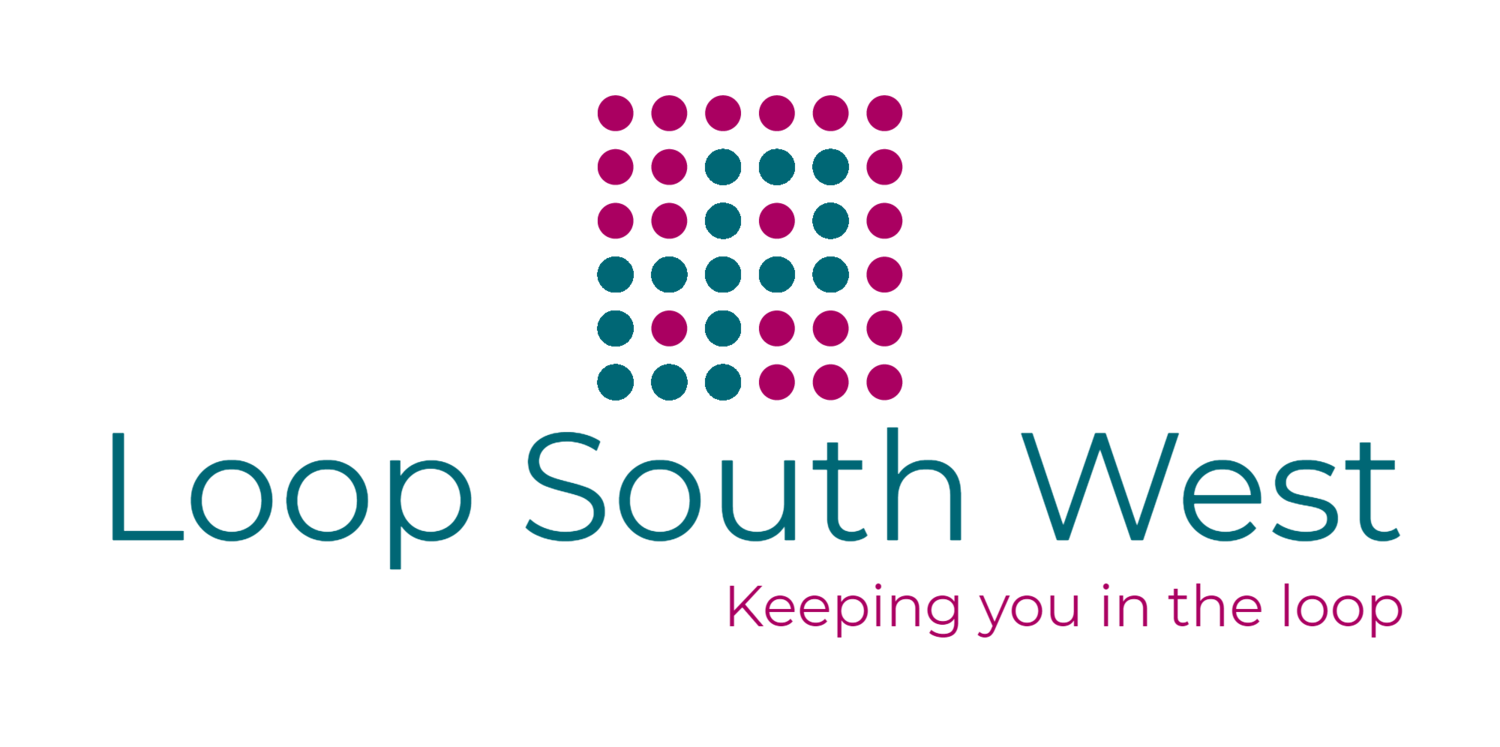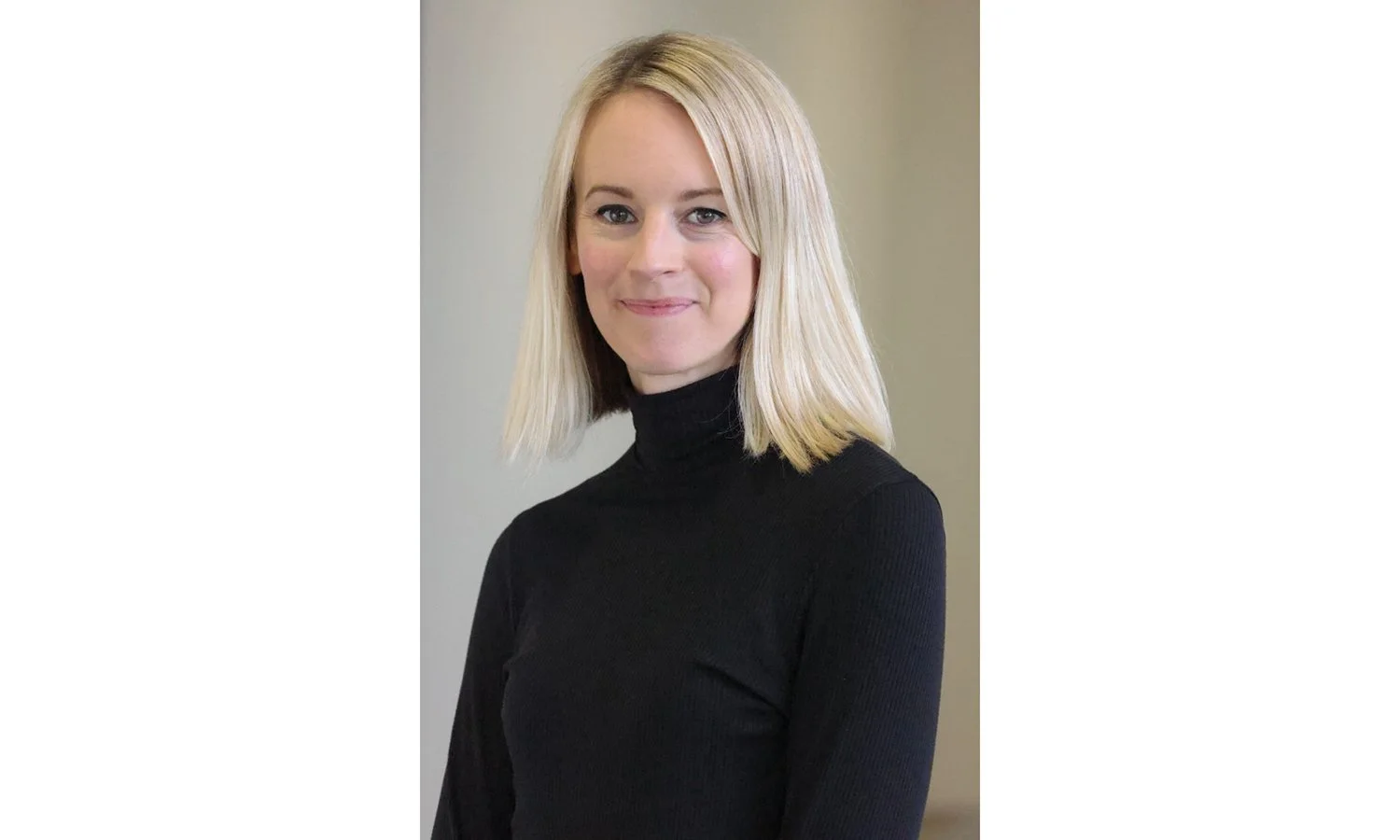Company insolvencies continue to climb
New data published today by The Insolvency Service shows that in Q3 of 2023 there were 6,208 (seasonally adjusted) registered company insolvencies.
This number was 10 per cent higher than the quarter ended 30th September 2022 and 42 per cent higher than the pre-pandemic quarter ended 30th September 2019.
Meanwhile the number of individual insolvencies between July and September of this year was 6 per cent down on Q2 2023. The total number of individual insolvencies was 15 per cent lower than in Q3 2022, although the way these numbers are derived has changed significantly.
Nigel Fox, Bristol-based director in the Restructuring and Recovery Services team at Evelyn Partners, the wealth management and professional services group, said: “The increase in the number of company insolvencies in the quarter ended 30th September 2023 was as a result of significant increases in the quantity of administrations, compulsory liquidations and company voluntary arrangements (CVAs) when compared to the quarter ended 30th September 2022.
“Whilst the number of creditors voluntary liquidations was only 3 per cent higher than the same period in 2022, this masks a fall in the numbers in July and then a marked increase in both August and September.
“It is however encouraging to see that despite there being more corporate insolvency procedures in the quarter, a higher number of administrations and company voluntary arrangements – which can be used to rescue a business rather than close it down - have been used.”
Nigel Fox says the most recent GDP data shows that the economy is “only just grinding forward” with a growth of just 0.2 per cent in August. In the South West there are around 616,000 registered companies, with the top three most frequently registered business activities being science, wholesale and retail and construction.
“The August GDP figures show that scientific activities were one of the largest contributors for growth, closely followed by, for example, the wholesale and retail trade, giving an overall growth in the services sector of 0.4 per cent; however construction output fell by 0.5 per cent,” he said.
“In terms of what the future holds, even though interest rates have been held at 5.25 per cent, the trading environment will depend on many factors. To an extent a sector’s performance is likely to rely on the ability of companies to adapt to changes in their industry to stay competitive and profitable.”
“In the continuing difficult climate it is going to be more important than ever for directors to get help as early as possible to increase the likelihood of a rescue before it is too late. For any directors who are worried about the financial position of their business, we recommend seeking professional advice as early as possible. The earlier that advice is sought then the greater number of options there will be for the business.”
David Bridge, Bristol-based associate director in Evelyn Partners’ Restructuring and Recovery Services team, says that in terms of individual insolvencies the total number was 4,460 lower than in Q3 2022, although the methodology has changed significantly.
Debt Relief Orders (DROs) continue an upward trend, Individual Voluntary Arrangements (IVAs) remain on the decline which started in 2022 while bankruptcy numbers appear to have broadly plateaued in recent months.
“Breathing Space registrations, though not a formal insolvency process, are now higher than any other individual procedure and afford someone with a problem debt a 60-day window of opportunity to improve their situation, pausing most enforcement action and contact from creditors, as well as freezing most interest and charges,” says David Bridge.
“Mental Health Crisis Breathing Space can offer significantly longer time, for as long as ‘crisis treatment’ lasts plus 30 days, but the eligibility criteria are as you would expect, more stringent.”
The Insolvency Service figures show that most personal insolvency processes were debtor driven, with only 178 creditor bankruptcy petitions in September 2023 out of 671 in total (429 out of 1,939 for the quarter). This suggests that HMRC, banks and other financial institutions remain reluctant to push debtors into bankruptcy in the current climate.
One in 441 adults (at a rate of 22.7 per 10,000 adults) entered some form of insolvency process between 1st October 2022 and 30th September 2023. This is a decrease from the 24.7 per 10,000 adults who entered insolvency in the 12 months ending 30th September 2022.
During Q3 2023, there were 13,965 IVAs, 8,438 DROs and 2,015 bankruptcies.
There were also 23,089 Breathing Space registrations in Q3 2023 which is 26 per cent higher than in Q3 2022. Of these, 22,722 were Standard Breathing Space registrations and 367 were Mental Health Breathing Space registrations.
“It appears that despite the cost-of-living crisis, the number of formal insolvency processes remains relatively static and is broadly in line with pre-pandemic levels,” says David Bridge.
“However, since their introduction, the number of breathing space registrations continues to grow, which may suggest that more formal insolvencies could follow if debtors are unable to manage their debts during this breathing space period.
“At the same time, company insolvency numbers remain relatively high and traditionally this will result in even more personal insolvencies in due course as claims against directors, from personal guarantees and overdrawn loan accounts, flow through.
“It is encouraging to see that Breathing Space is being utilised, though it remains unclear whether longer term this will mean fewer IVAs and bankruptcies, or simply delay them.
“With no signs that the cost of living crisis will ease up in the near future and with interest rates still predicted to remain relatively high for some time, we anticipate that the number of individuals requiring some form of insolvency advice will continue to rise.
“As always, early advice from appropriately qualified and reputable firms is key to maximise the number of options available.”






